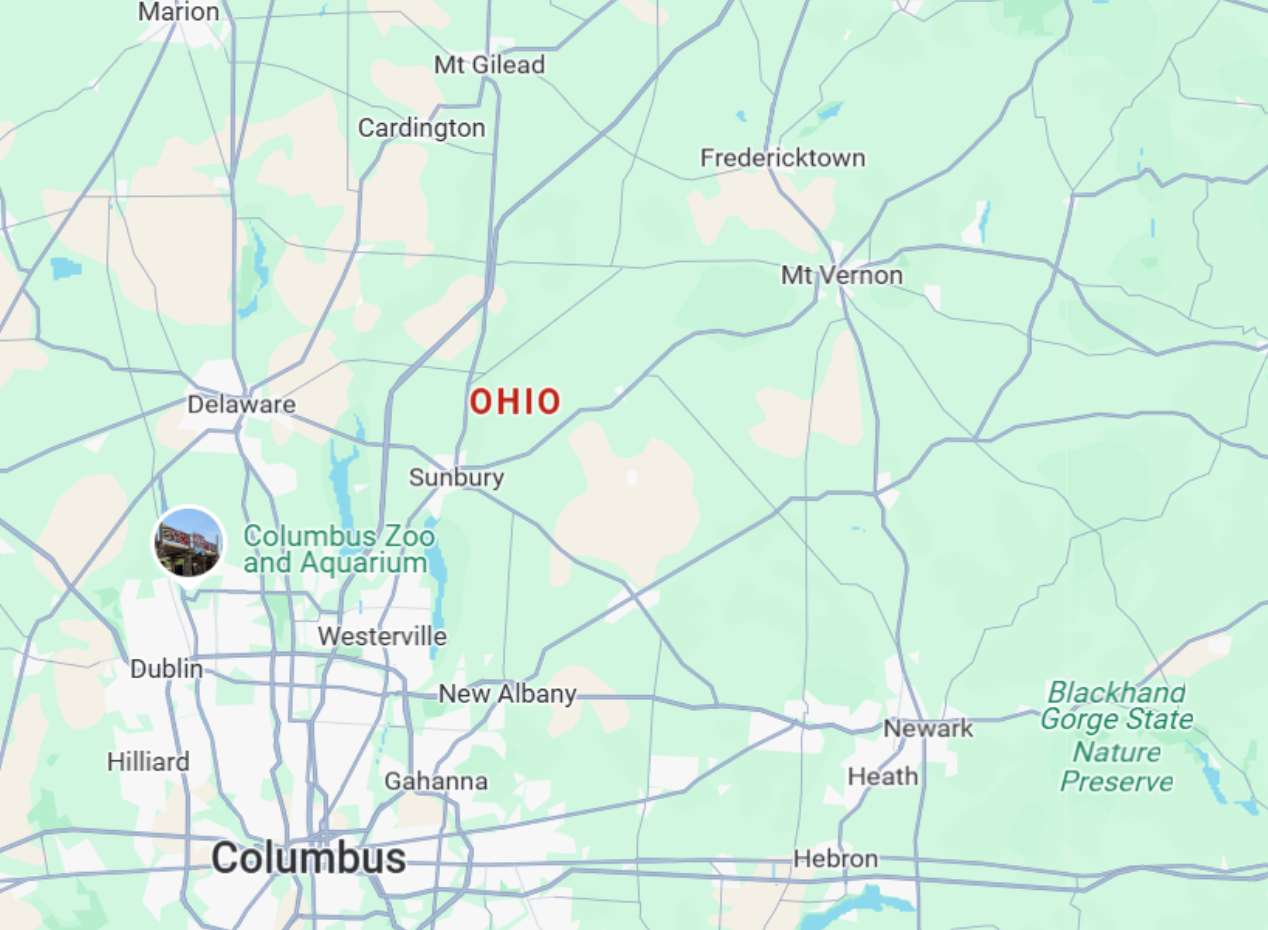Website ADA Compliance in Ohio
As reliance on websites, e-commerce, and mobile apps continues to grow, accessibility is more important than ever. ADA compliance in Ohio helps you reach a broader audience. Following accessibility rules helps you avoid costly issues and provides a more inclusive digital experience for all users.

Ohio ADA Requirements
The State of Ohio has undertaken proactive initiatives to guarantee that all individuals, including those with disabilities, can access websites, apps, and services seamlessly.
If you are near Ohio, accessibility solutions are available to help you meet state compliance requirements and improve digital experiences for all users.
Americans with Disabilities Act
The Americans with Disabilities Act, or ADA, was passed in 1990 to stop discrimination against people with disabilities in everyday life. This act covers jobs, schools, transportation, and access to all kinds of places, whether public or private.
It has five main sections. Title I discusses fair employment and says businesses must make reasonable adjustments. Title II makes sure government services are accessible for everyone. Title III guarantees businesses have facilities and services that everyone can use.
Title IV is about making telecommunications accessible, and Title V deals with retaliation and other important stuff. Initially, the ADA focused mainly on physical access, but Title III now also covers online accessibility.
Because of this, businesses, like those in Ohio, could face legal penalties if their websites are not accessible. Ohio law, especially Chapter 4112 of the Ohio Revised Code, backs up the ADA by preventing discrimination in many areas, making it clear that access must be good for physical and online spaces.
Ohio Digital Accessibility Policy (IT-09)
Ohio's Digital Accessibility policy, IT-09, kicks in on January 10, 2025. This plan, put together by the Ohio Department of Administrative Services (DAS), makes sure that all state agencies, boards, and commissions that the Governor oversees have to make their public websites and mobile apps accessible for individuals with disabilities.
Key Requirements
Agencies have to follow the Web Content Accessibility Guidelines (WCAG) 2.1 Level AA standards. That means content should be easy to see, use, understand, and robust.
These guidelines apply to agency websites and mobile apps as well as third-party vendors and Commercial-Off-the-Shelf (COTS) software. Each agency's homepage and app must have an accessibility statement that offers feedback options and includes contact info from the ADA Coordinators Directory.
In addition, agencies must follow design standards set by the InnovateOhio Platform (IOP). Everything must be in place by April 24, 2026.
Although private businesses are not directly covered under this policy, following its guidelines can help them reach more customers and improve their overall success.
A substantial portion of Ohio’s population lives with disabilities, representing a significant market segment with considerable potential for sales growth. Failing to prioritize accessibility can alienate this demographic and lead to lost business opportunities.
Consequences of Noncompliance
Skimping on ADA compliance to save a buck or hit a deadline might seem tempting, but it is a gamble that can seriously backfire.
A first violation may result in a substantial federal fine ranging from $55,000 to $75,000. Repeat offenses can lead to significantly higher penalties, potentially reaching up to $150,000.
That is definitely a lesson no one wants to learn the hard way. Legal issues add more stress: lawyer fees, court costs, and settlements can start piling up quickly. The damage does not stop there. Bad press spreads like wildfire, social media backlash can be relentless, and once-loyal customers may head for the exit.
How To Make Sure Your Website Complies With Ohio Accessibility Policies
To achieve ADA compliance in Ohio, conduct regular testing and make necessary adjustments to your website.
- Run Audits: Utilize automated accessibility checkers for quick scans, then conduct manual testing by experts and user testing with individuals with disabilities to gather valuable feedback for improvements.
- Improve Multimedia Content: Add accurate video captions, provide transcripts, and include audio descriptions for key visual elements to accommodate users with hearing, vision, and cognitive impairments.
Your website should be a powerful asset for attracting customers, not a barrier due to accessibility issues. With Be Accessible, you can effortlessly identify and address these concerns. Our thorough site audits, efficient accessibility fixes, accurate PDF remediations, and personalized accessibility training empower you to create a welcoming digital experience that resonates with all users and fosters inclusivity.
Be Accessible Increases Digital Accessibility Every Day
We serve a wide range of industries from restaurants to tech companies to financial institutions and everything in between.
Contact Us
You're one step closer to ADA compliance.
Fields marked with * are required.